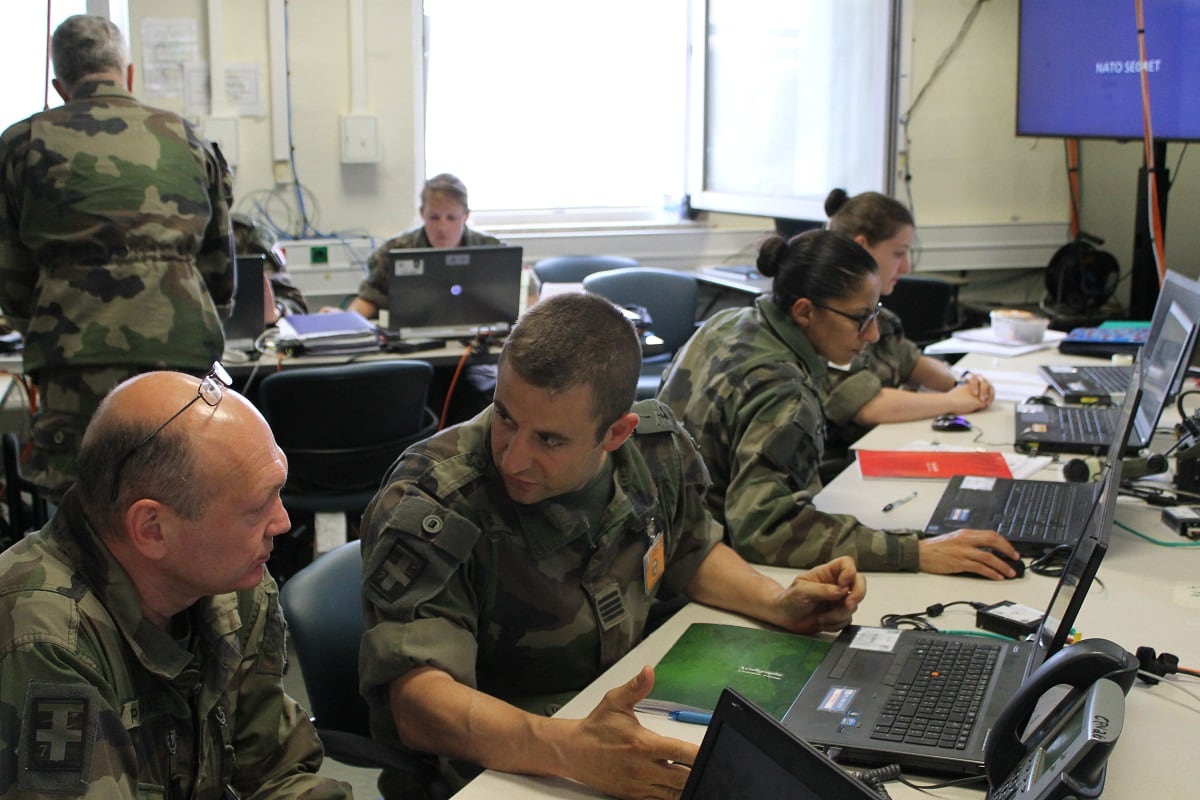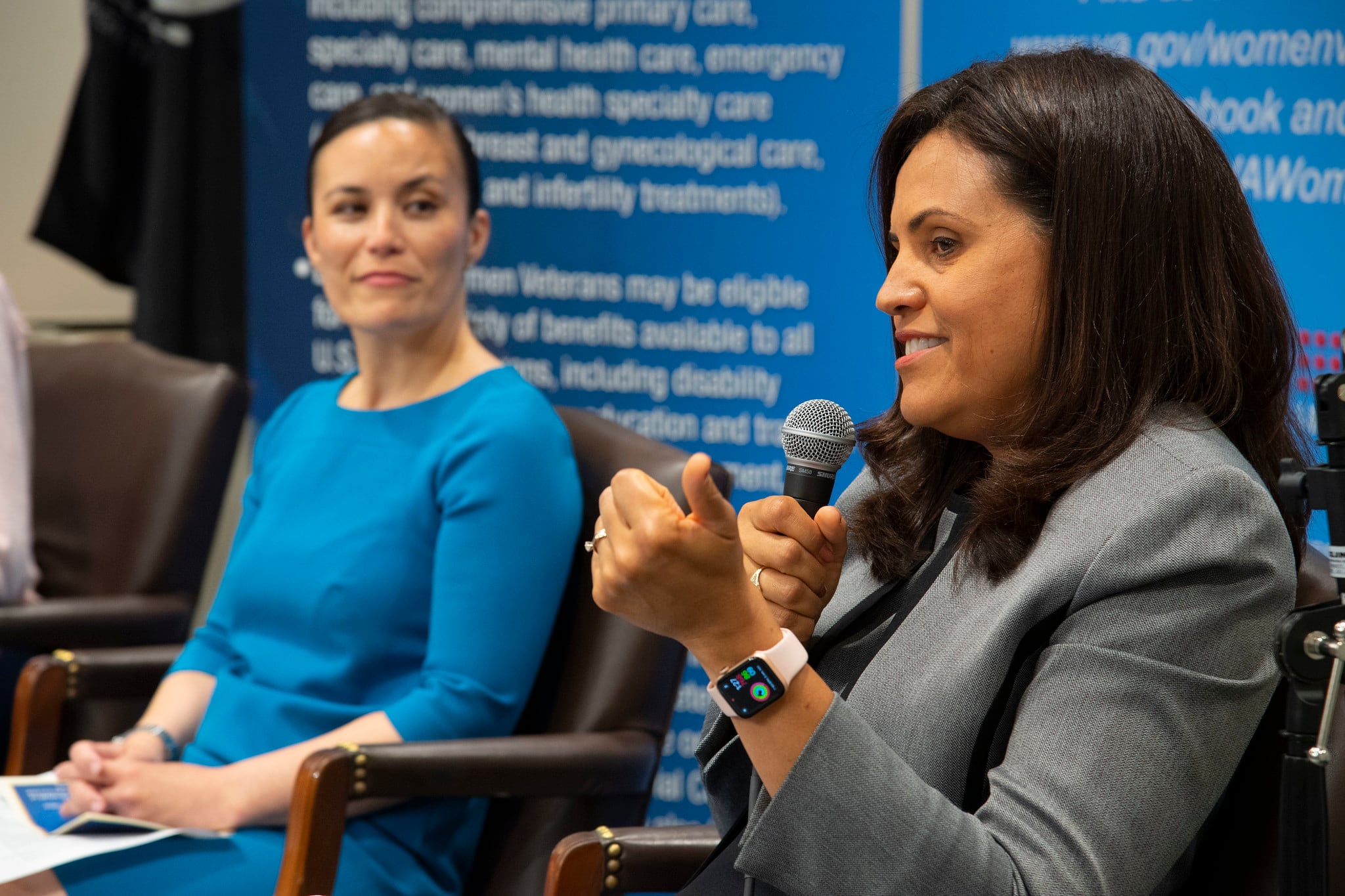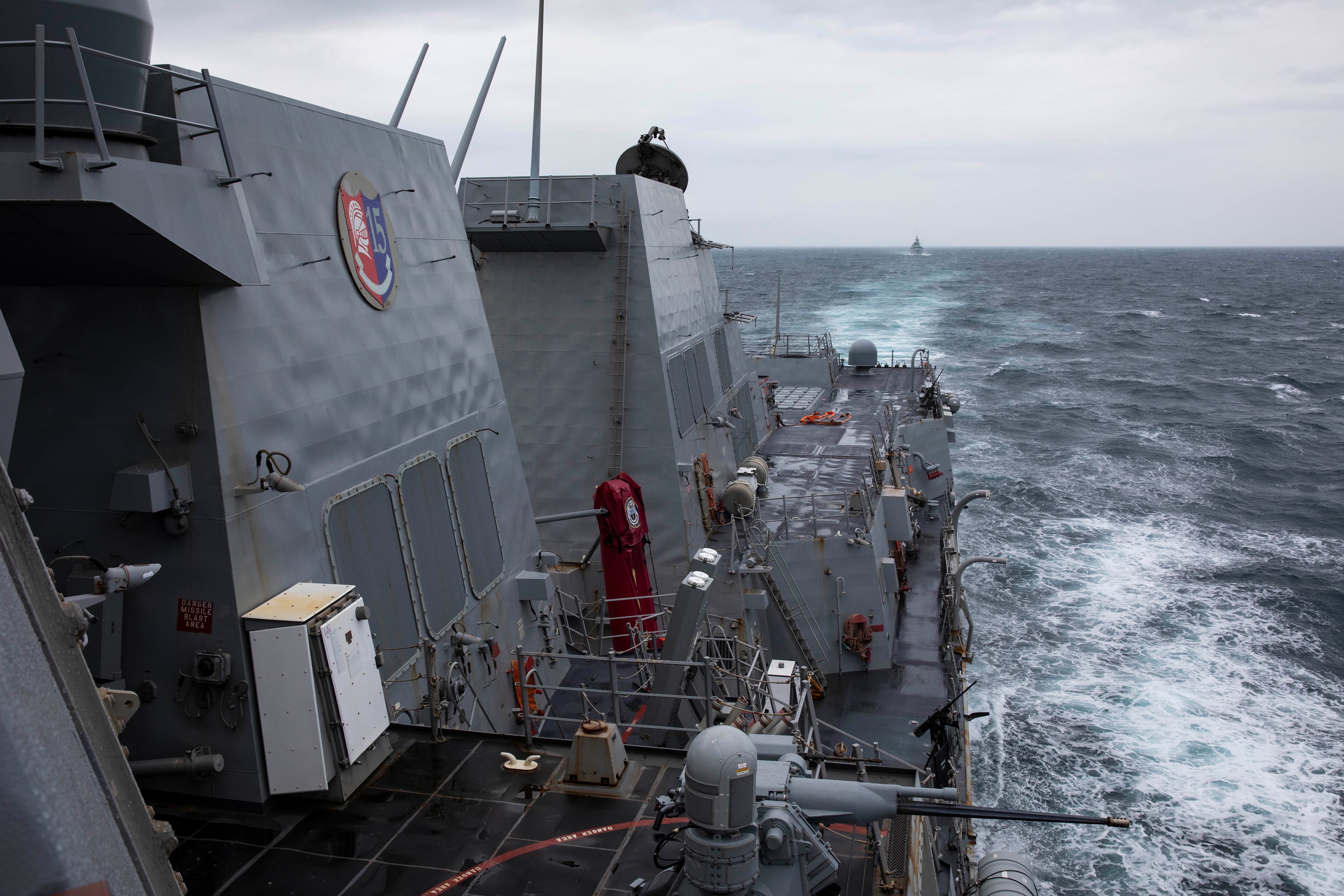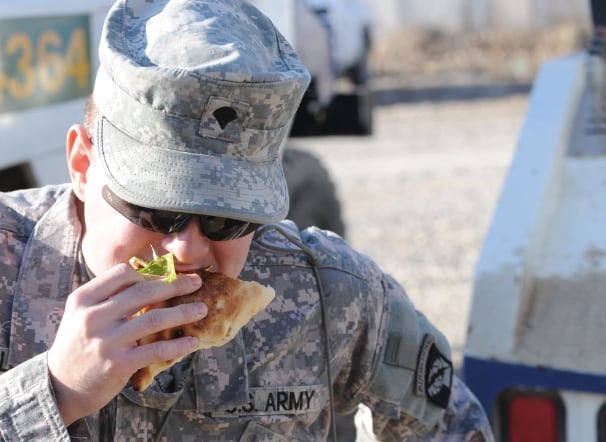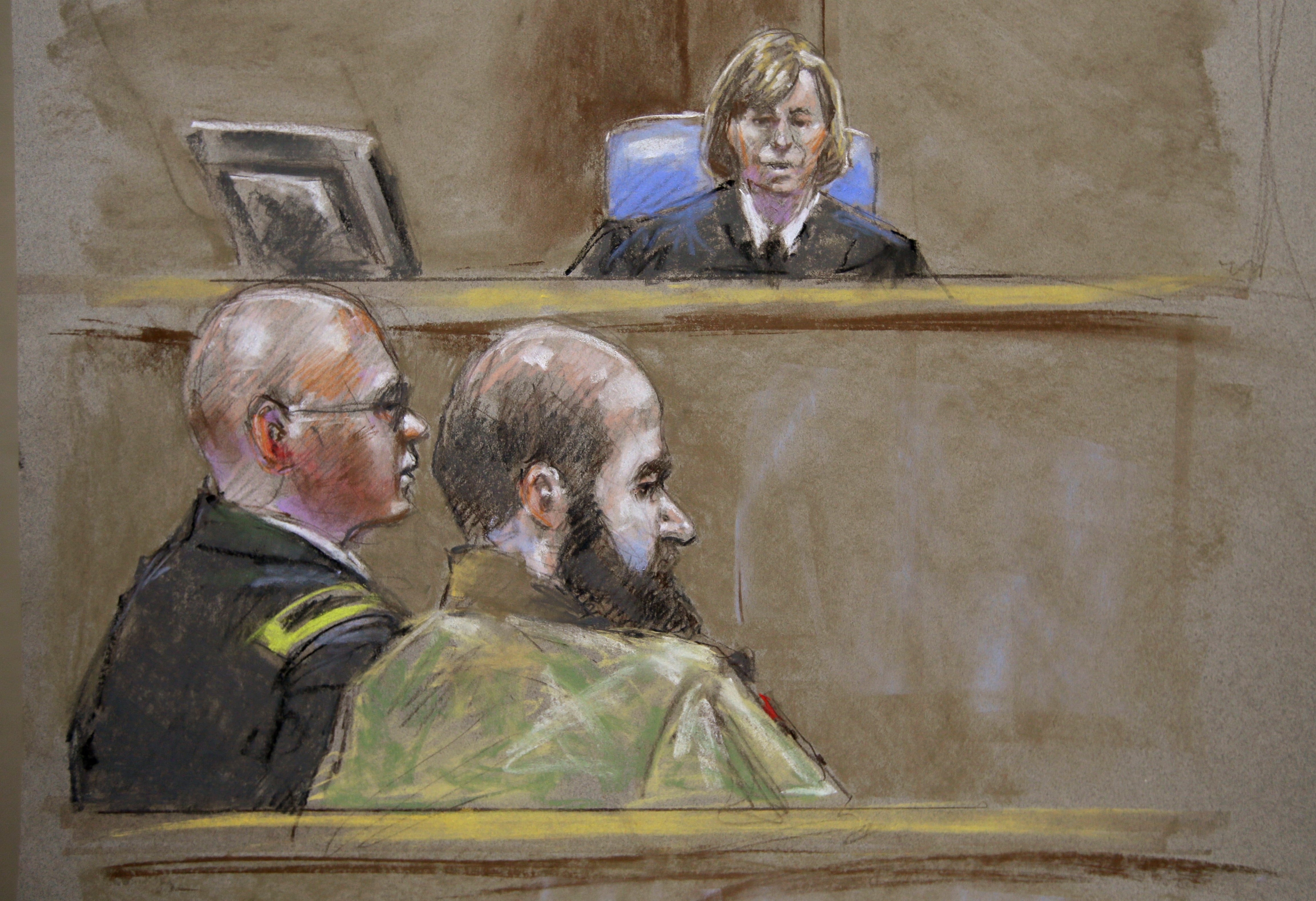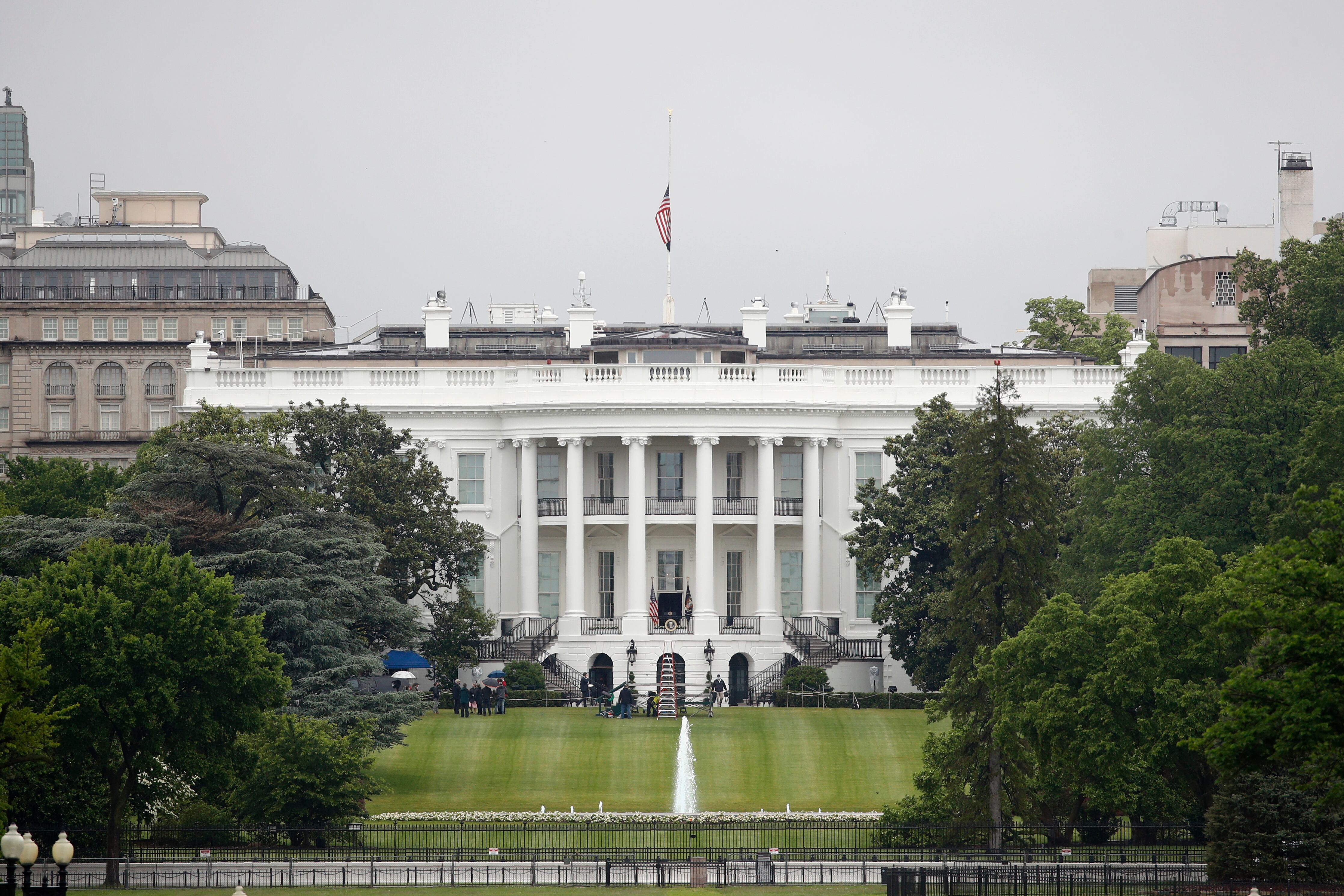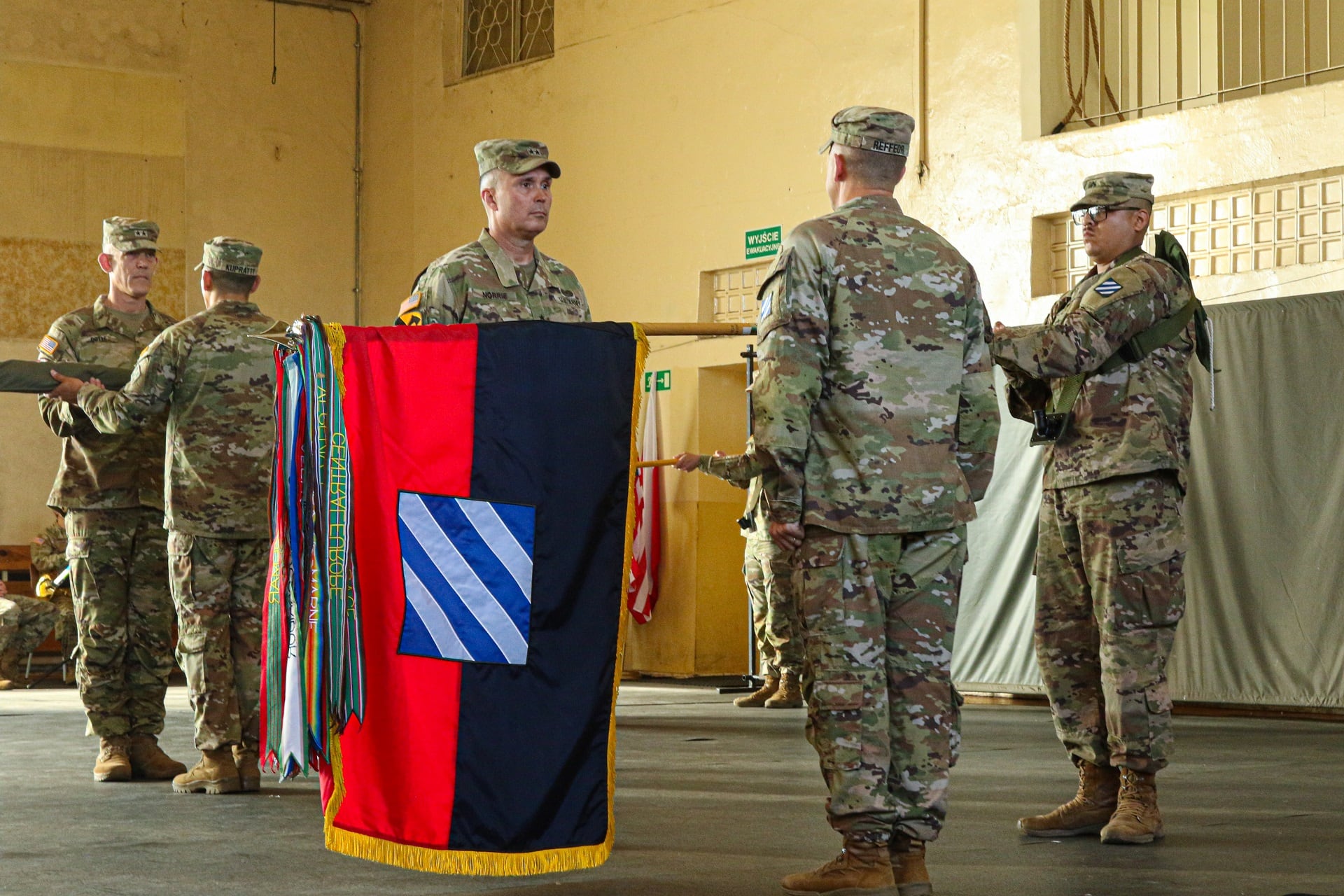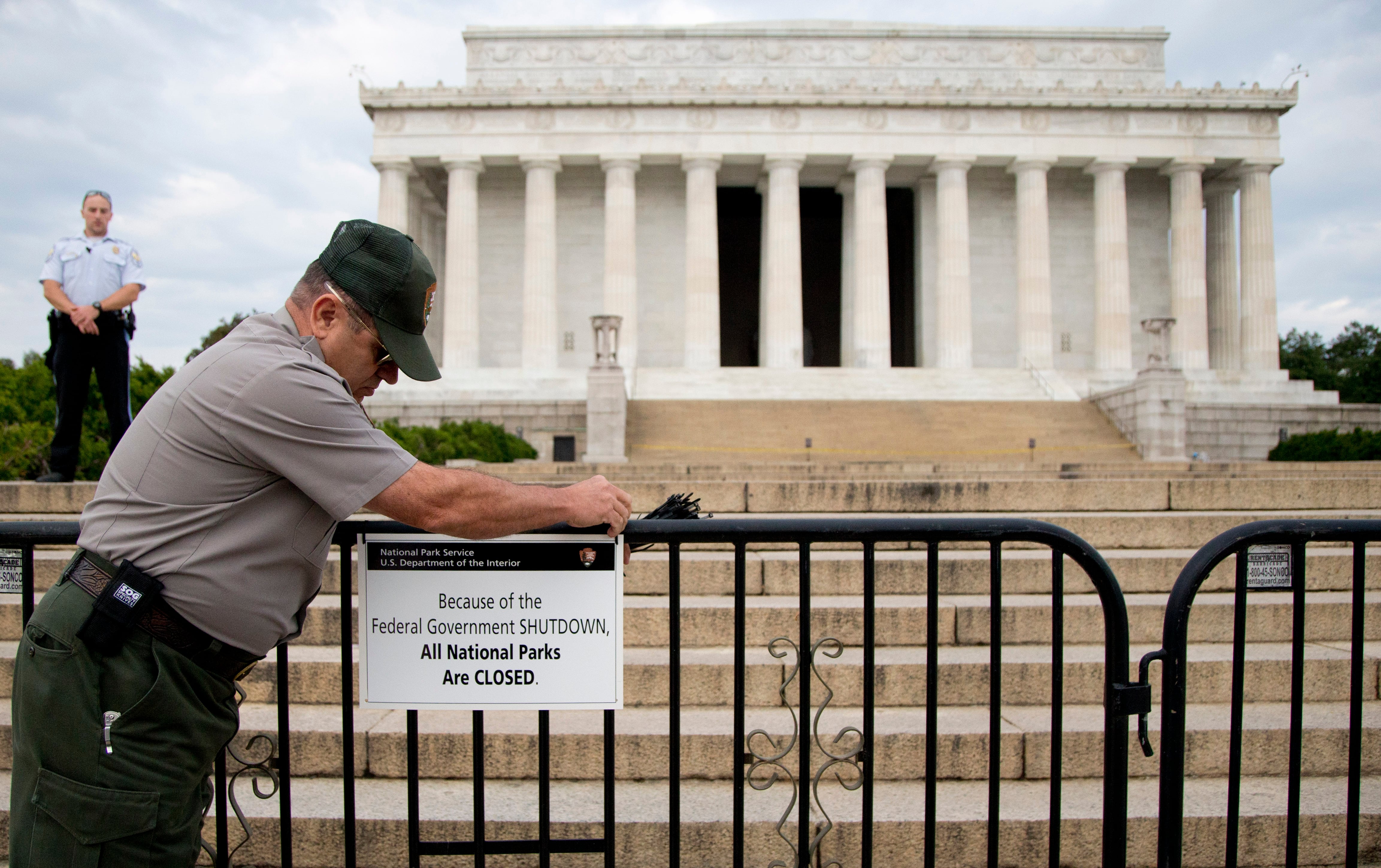GRAFENWOEHR, Germany — U.S. military leaders have regularly said that it, along with its allies, should be prepared to mass a large number of troops and equipment to come to the aid of a partner country along the eastern flank of Europe should Russia push beyond acceptable boundaries to destabilize the region.
But speeding across Europe to bring a multinational unit that could be the size of a brigade combat team — or larger — in less than a week is no easy task.
Each country has its own equipment and command styles, and there are policies and regulations in place that hamper the ability for countries to easily come together. Even sharing blood for medical purposes with foreign troops is a challenge.
One of the most difficult aspects of fighting together is being able to view the battlefield the same way and to communicate and carry out commands led by another country or countries.
At the U.S. Army-hosted Joint Warfighting Assessment in Germany last month, the service, as well as joint and multinational partners, took steps to cement the capability to fight together on the battlefield by working to build a command network where any country can plug in its capability and seamlessly see a common picture of the battlefield and real-time operations.
The JWA is the first of its kind. Previous assessments were not focused on joint capability and took place at Fort Bliss, Texas.
This is an impressive feat, as each country operates off of its own network and systems, and each nation’s capabilities independently change as technology and threats evolve.
“[We] have spent quite some time over the last couple of years trying to break down some of these boundaries to progress and make our nations more interoperable,” Lt. Gen. Nicholas Pope, the deputy chief of Britain’s General Staff, told Defense News in an interview at the JWA.
At the JWA, under the U.S. Army’s 1st Infantry Division, French, British, German and Canadian brigades set up command headquarters to try to build an interoperable, networked solution to see a common operating picture.
“There is a very rich tapestry here in Germany today,” Pope said. “It’s kind of one peg on that journey to the nirvana, which is a truly interoperable force.”
Former U.S. Army Europe Commander Lt. Gen. Ben Hodges, before he retired last fall, told Defense News on the sidelines of the service’s largest European exercise last year, that while interoperability was a major focus and goal of his command, he would be leaving his post with much left to accomplish.
Hodges said it took NATO and coalition forces years to recognize that standards needed to be established to achieve interoperability, not just bridging capabilities so that one country’s radios can talk to another’s.
And while partnering forces were able to establish shared communications in Iraq and Afghanistan, Hodges said Europe is a whole different ballgame, especially in terms of the speed at which countries might need to assemble and in the context of the electronic warfare threat from adversaries.
An exercise like JWA is meant to ensure partnering forces are achieving interoperability more than just temporarily, Lt. Gen. Joseph Anderson, the deputy chief of staff with U.S. Army G-3/5/7, told Defense News at the exercise. “We can’t create niche capabilities here in Grafenwoehr that aren’t going to apply [elsewhere].”
Setting a standard
In response, the U.S. Army and its partners have built what it’s calling the Multinational Partner Environment, or MPE, network.
The idea is for each country to develop a node that directly ties into the network by building these nodes to an established standard, according to Col. Bert Shell, Joint Modernization Command’s chief of the Network Integration Division, who helped build the system.
In addition to plugging into the MPE network, the goal of the JWA was to provide a common operating picture, known as COP, to commanders at all echelons. This was a goal that was attempted but not reached in previous Army Warfighting Assessments, or AWA.
The COP is meant to provide the same intelligence and information collected from any asset to all the forces involved simultaneously as well as converge capabilities like digital fires where there will be little time to debate who within a coalition should respond to an attack and how.
Part of the exercise will evaluate and determine a strategy for nations to work under one established digital fires framework.
Each command headquarters from the different nations involved were set up and organized differently; but the goal remains that no matter what a nation brings to the table in terms of hardware and software, it can plug in.
Put to the test
“There are aspects that have gone extremely well and there are aspects that we continue to fight through,” Brig. Gen. Ross Coffman, acting commander of the 1st Infantry Division, told Defense News as the exercise was underway.
“What has gone well is the communications between headquarters. Everyone is on the same sheet of music, everyone understands the tactical and operational objectives that we are trying to accomplish. Information is being passed back and forth over our systems, and commanders are able to make decisions based on the information,” he said.
In France’s command post, one screen showed its own mission command information system, while another tracked the U.S. version to see if information was matching. The French reported that everything was aligning correctly and noted that not a single computer or laptop in its headquarters belonged to a foreign country. It was able to plug in using all of its own hardware and software to see the common picture.
Canada, which has participated in past AWAs, was also able to tie in similarly, as was the U.K.
But some aspects of interoperability still require workarounds that could be improved in the future.
The Germans, for instance, have a very good mission command information system called FISH, but due to some internal protocols, it’s not interoperable with certain other systems, so to align information flowing in from the battlefield in some cases, particularly on the secret level, the Germans were given U.S. workstations and had to manually input information from those systems into their own and vice versa.
The workaround is dubbed “the swivel chair” method because soldiers literally have to swivel back and forth in a chair to make sure information is exchanged between the two systems.
“Overcoming the swivel chair is key, absolutely. We have some systems which are already integrated, or we can utilize functions as we do in a national environment,” Lt. Col. Martin Sonnenberger, the German Army’s chief of staff of the 23rd Mountain Infantry Division, said in an interview at the exercise.
But, he added, “there are other systems where we still lack some capabilities. But with the modernization of our command-and-control system, I think we will overcome that because we see in Europe close integration is necessary.”
While Canada’s resident command-and-control system is fairly interoperable in the case of the JWA, there a couple of things that the country’s Army is still working toward, according to Canadian Army Lt. Col. Shane Gifford.
The Canadian Army does not have a digital fires solution, and “that is a critical part of the network that we are working on,” he said at the command headquarters in Grafenwoehr. Gifford said the service is learning from those with digital fires systems at the JWA.
The plan for all countries involved is to take back lessons learned to their respective governments and suggest new requirements that will improve interoperability. But even with technical means in place, there are still policy hurdles to be overcome.
The U.S. Army and its partners are wrestling with “how do we change the policies, protocols, licensing so people have access to it and you are not alienating an ally because of what they bring to the fight,” Anderson said.
“We are trying to kill the policy stuff, but the problem with policy is you’ve really got to understand it and you’ve got to read it, and we are having interpretation problems,” Anderson added. “This is painful stuff we are trying to vet through: What were all these policies that affected this exercise, and what do we do to get around it, and how do you institutionalize that so every time we show up … that we are not going through that process again?”
Jen Judson is an award-winning journalist covering land warfare for Defense News. She has also worked for Politico and Inside Defense. She holds a Master of Science degree in journalism from Boston University and a Bachelor of Arts degree from Kenyon College.
